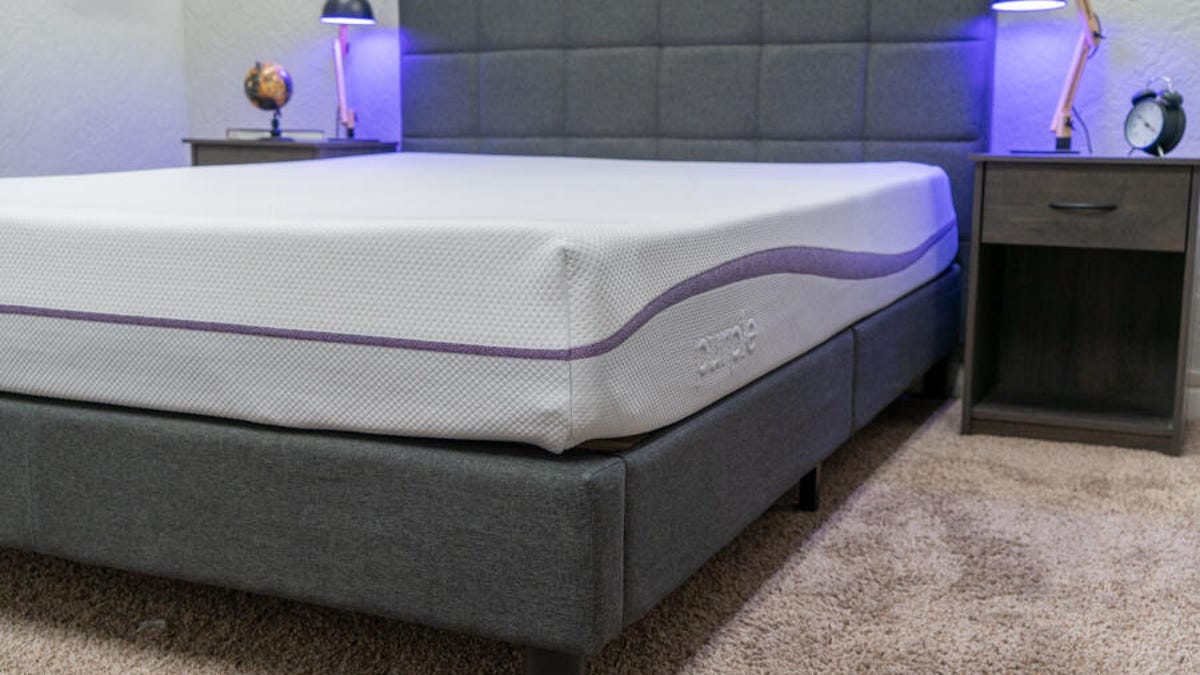It's an understatement to say that cell phones have evolved in the 30-plus years since they entered mainstream society. But, despite all the stuff our smart phones offer, they'll never hit the same way those early models did. Now, there's an opportunity to step back in time, thanks to the new digital Nokia Design Archive sharing sketches, photos, interviews and videos spanning from the mid-1990s to 2017.
Aalto University, in Nokia's home country of Finland, is responsible for the Nokia Design Archive. Its team of researchers curated 700 entries and included a repository with another 20,000 items and 959GB of born-digital file. The never-before-seen content from Nokia, which released its first GSM hand-portable phone in 1992, doesn't disappoint. Anyone feeling extra nerdy (ahem, me) can even read through presentations with mood boards and concept designs.
The ensuing nostalgia dive provides not only an ode to the classic Nokia devices (and their very 90s styling), but also an interesting look into how technology evolves. "In the early ages of Nokia, there was a genuine wish to understand people, how they live, what makes them tick. Now we’re at a similar point of societal transformation with AI. Nobody has concretised what it is yet, but we need to get people thinking about what could be," said lead researcher Professor Anna Valtonen in a release. “The Archive reveals how designers made visions concrete so that they could be properly explored long before they became reality. It reminds us that we do have agency and we can shape our world — by revealing the work of many people who did just that.”
Nokia
The Design Archive looks a bit like a word graph floating through space, with topics including Mobile Games and Gaming — which provides an overview of the infamous Snake game's creation — and Phones Fashion and Accessories. The free platform offers four topic filters: products, aesthetics, design process and design strategy. Plus, you can narrow in on specific years for a better look at your favorite model's time period. The team hopes to continue adding more content as the project develops further.

 2 days ago
4
2 days ago
4









 English (US) ·
English (US) ·